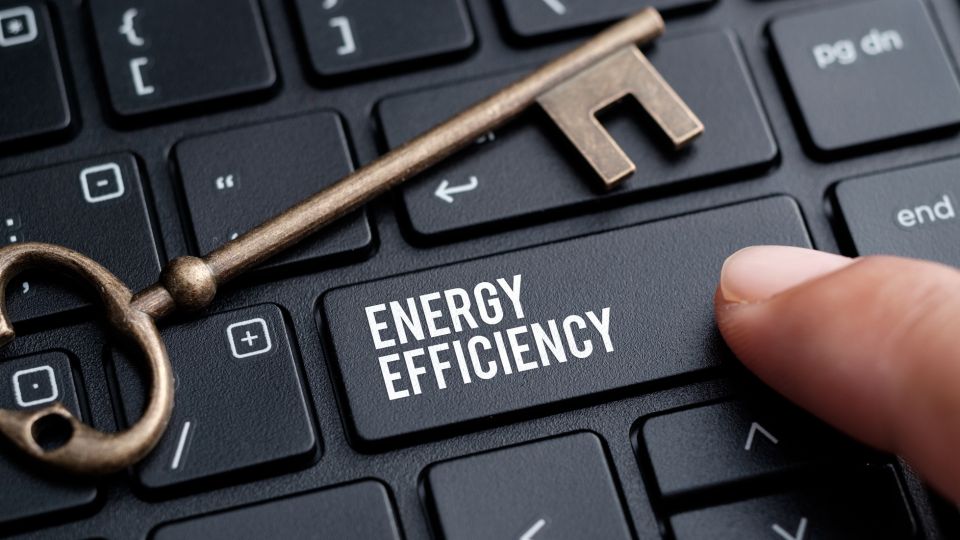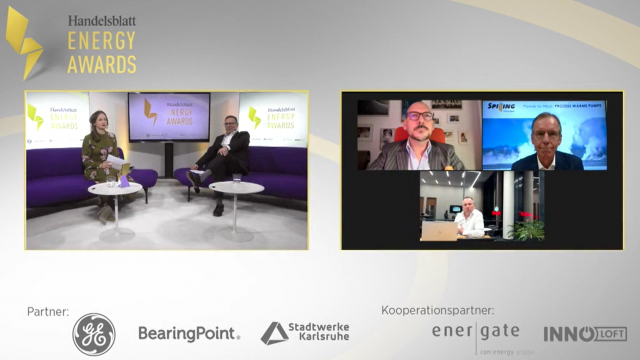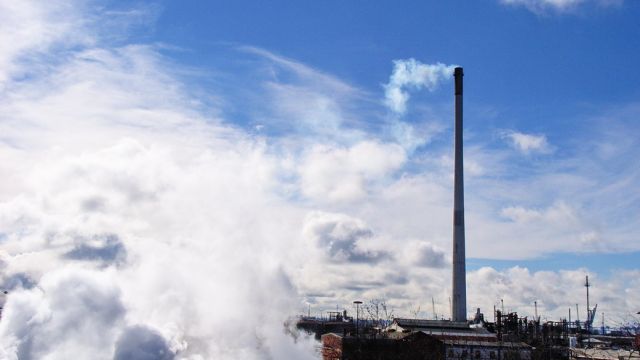On closer inspection, there is already a gap between electricity generated from renewable sources and actual consumption. For Germany this means in figures: According to the data platform Statista,
512 terawatt hours of electricity were consumed in this country in 2019. Experts assume that currently a maximum of 300 terawatt hours can be regeneratively generated. The problem of storing the energy, which must be available at all times and in sufficient quantities, is not even considered here.
The total power requirement is estimated at up to 4000 terawatt hours
For a complete electrification of all areas, i.e. including electric vehicles, private, commercial and industrial heat supply and the replacement of fossil raw materials by regenerative energy sources, for example as basic products for chemicals or steel production, scientists expect an annual electricity consumption of 3,000 to 4,000 terawatt hours per year, i.e. more than ten times the amount of regenerative electricity that can be generated today.
Consequently, the energy turnaround can only succeed if a significant improvement in energy efficiency can be achieved in all areas.
What does this mean for the mobility turnaround?
What does that mean e.g. for the mobility turnaround? Let's take a look at the different degrees of efficiency in the energy consumption of vehicles:
An average electrical vehicle (like of the Volkswagen Golf Class) needs about 20 kilowatt hours of electricity for 100 kilometers of driving. If e.g. wind power could be fed directly into the drive, 1 kilowatt hour of wind power would be sufficient for 5 kilometers of driving distance. But since the electricity has to be stored, and there are losses in loading and unloading the battery, this leads to a lower efficiency of only about 80 per cent. This means that finally 25 kilowatt hours of wind power must be generated for 100 kilometers of driving distance - one kilowatt hour of wind power equals four kilometers of distance.
The balance is much worse when it comes to hydrogen propulsion. If it were produced by electrolysis from wind power and converted back into electricity in a fuel cell to drive the car's electric motor, the efficiency would be only 30 percent. In other words, just one and a half kilometers of track would be possible with one kilowatt hour of wind power. If we extrapolate the number of cars and the number of kilometers driven by their owners today, it quickly becomes clear that there is a lot of wishful thinking involved in the planned energy and mobility turnaround when talking about hydrogen propulsion or synthetic fuels. In any case, it will not work without significant increases in energy efficiency.
A solution for the industry: steam recycling
In industry, too, and especially for industrial process heat, energy efficiency is also becoming the key:
Steam (as one of the most important industrial heat sources) could be generated again and again in electric steam generators in an energy supply system that would be completely converted to electricity in the future. For 10 tons of steam per hour, 7 megawatts of electricity are needed.
If, however, the whole thing is approached from the point of view of energy efficiency, and waste heat from a wide range of industrial processes is taken into account, there is enormous potential for increasing efficiency. Using high temperature heat pumps, low pressure steam, which otherwise could not be used initially because of its low temperature level, can be compressed to the higher pressure level of process steam and so be used again. Depending on the required pressure increase, the electrical power required for the above mentioned 10 t/h of steam flow, is then only approx. 0.5 to 3 megawatts.
Conclusion:
From today's point of view, 3000-4000 terawatt hours of regenerative electricity are not feasible. With a massive expansion of the regenerative generation capacities in Germany, including a considerable expansion of very large off-shore wind farms, 2000 terawatt hours appear achievable. The gap must be closed with energy efficiency.
For many years, Spilling has been helping to continuously and massively increase energy efficiency in industrial production with its products and sophisticated steam technologies.
Our experts also have suitable solution proposals for your application. You can contact us here.



